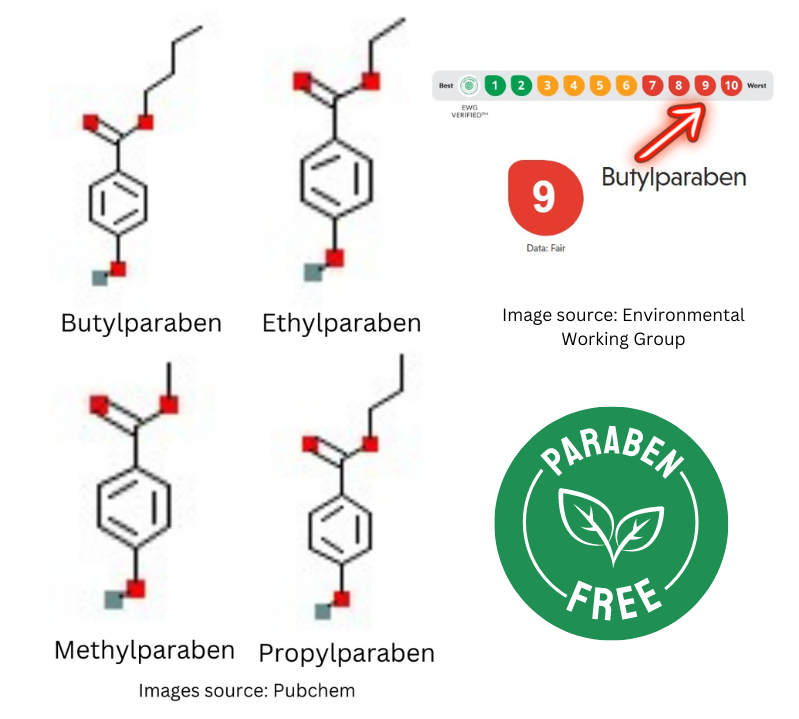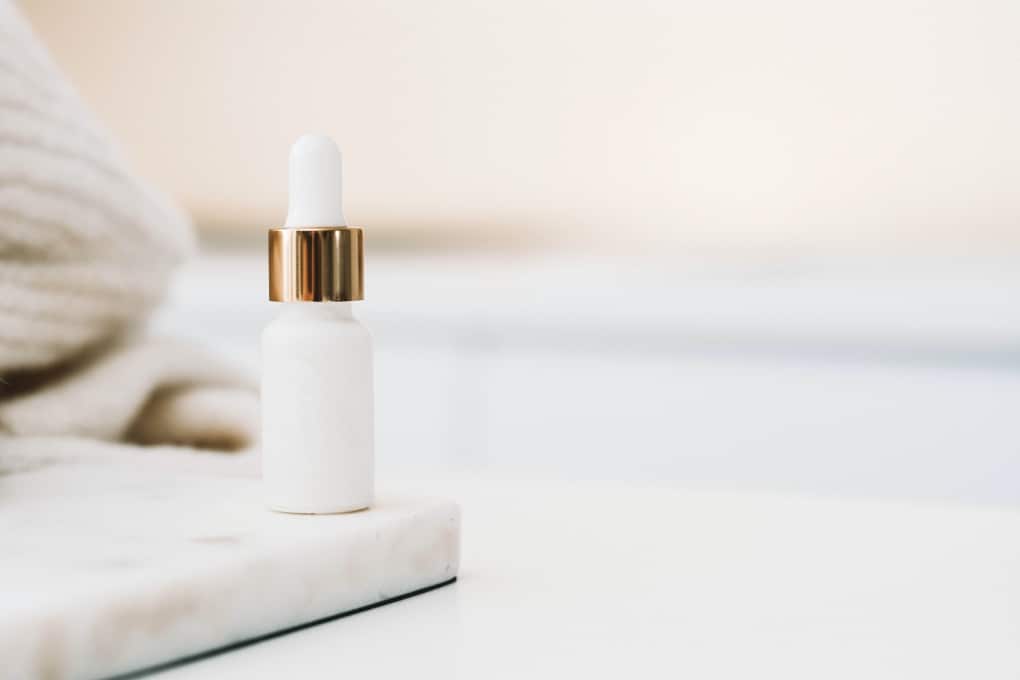
Parabens show up in personal care products as preservatives. They serve the essential safety function of inhibiting microbial growth. They are included as part of a formula to guard against it becoming a factory for bacteria, mold or yeast in case the product becomes contaminated with one of those organisms. There are numerous forms. The most commonly found are butylparaben, ethylparaben, methylparaben and propylparaben. They are similar in structure and properties. Often more than one of them is used to preserve a particular product.
The GOOD: It is hard to match their effectiveness as a preservative. They inhibit most microbial growth.
The BAD: There is evidence that they can cause allergic skin reactions and weakly disrupt hormones. Leave-on formulas are especially risky. A high concentration in a rinse-off formula can also pose a problem. As an example, check out the evidence on butylparaben through the Environmental Working Group or Cosmetic Ingredient Review.
Bottom-line: People with sensitive skin conditions (such as rosacea or eczema) or a compromised skin barrier, should avoid parabens in their personal care products. Shopping “paraben-free” labels is helpful, but doesn’t guarantee that the formula doesn’t carry other skin allergens or irritants (nor do words on a label like hypoallergenic, gentle, or sensitive — more on that in another post). See if the brand shares the product’s patch testing result (see the MeridaSKIN Foaming Facial Cleanser as an example).
Good luck,
Shannon Johnson, MSN, NP-C, Founder and Formulator of MeridaSKIN

Shannon L. Johnson NP-C
Founder & Formulator, MeridaSKIN
Shannon is a nurse practitioner, and much of her career has served vulnerable populations at a community health center. She holds degrees from the University of Pennsylvania and Simmons University, and completed post-graduate training at the University of Massachusetts Boston. She tackled the science of cosmetic formulating to solve her own skin struggle with rosacea. Shannon was born in Oregon, raised in Eastern Massachusetts and has passionate ties to the Pacific Northwest, New England, and the mid-Atlantic. She lives on Boston's North Shore with her husband, two kids and mischievous Wheaten Terrier. She and her family pass the seasons by playing in water (liquid and solid).


Recent Comments